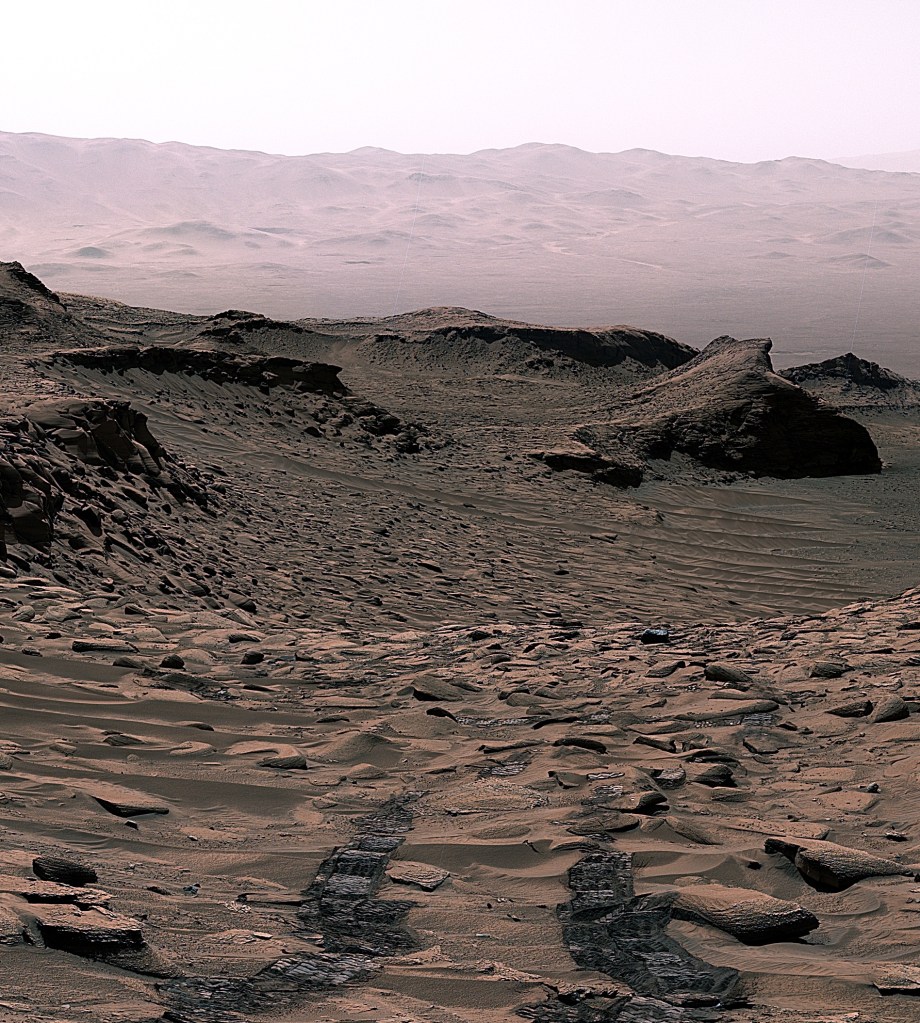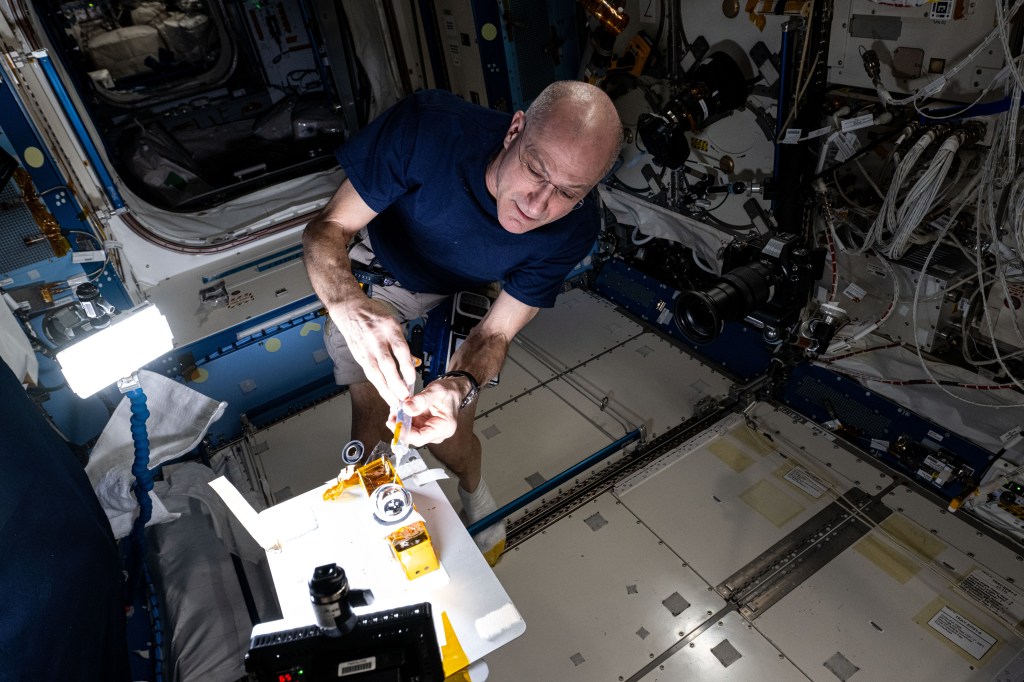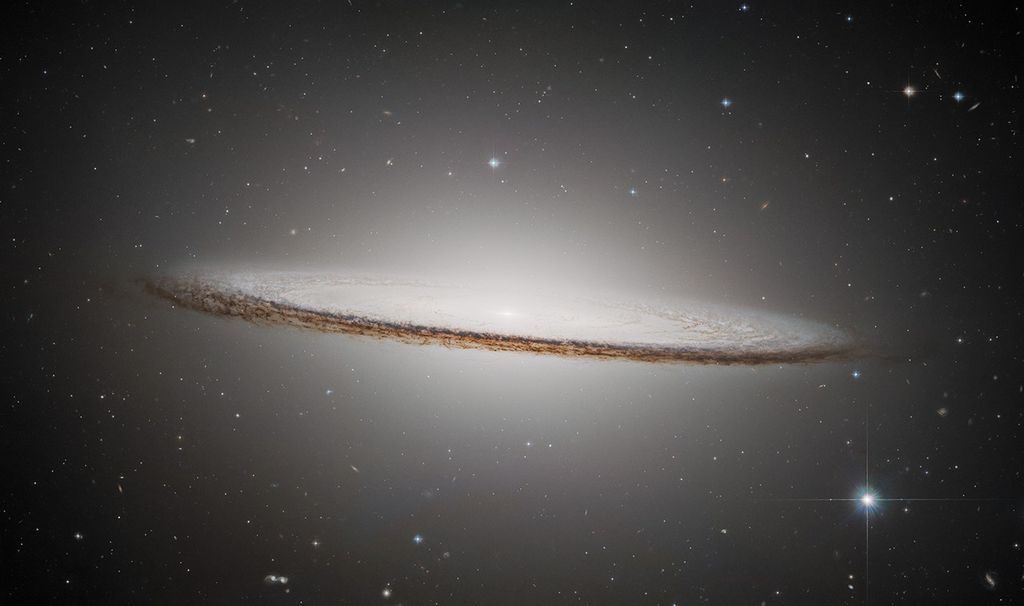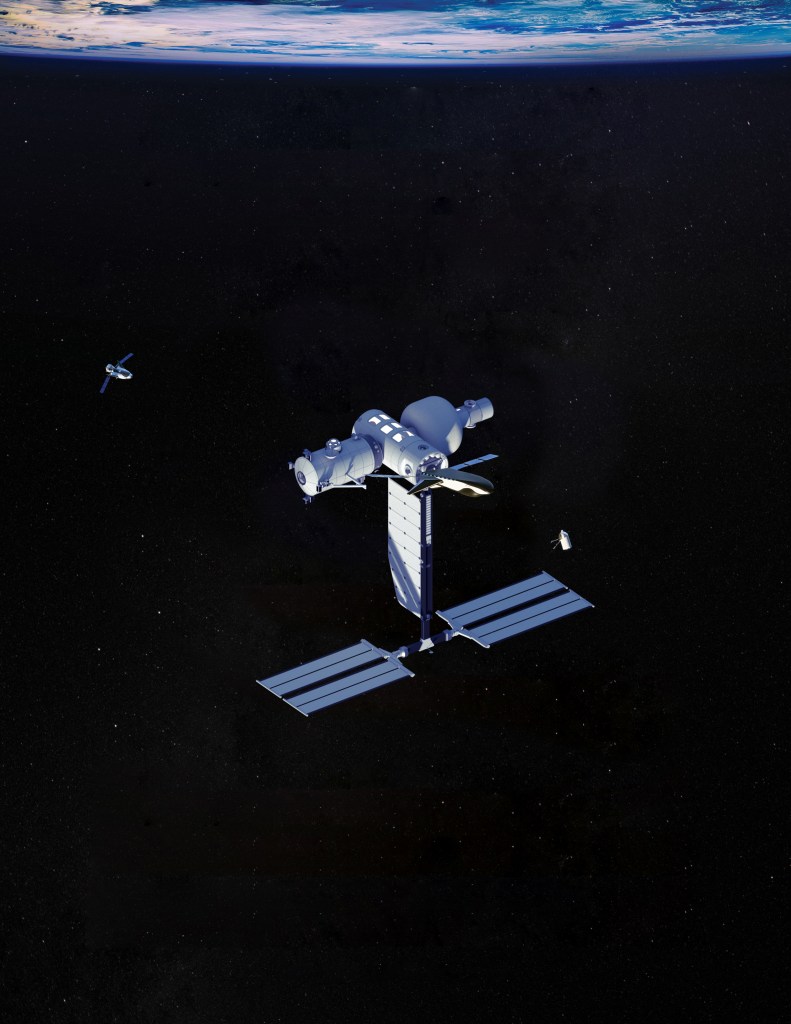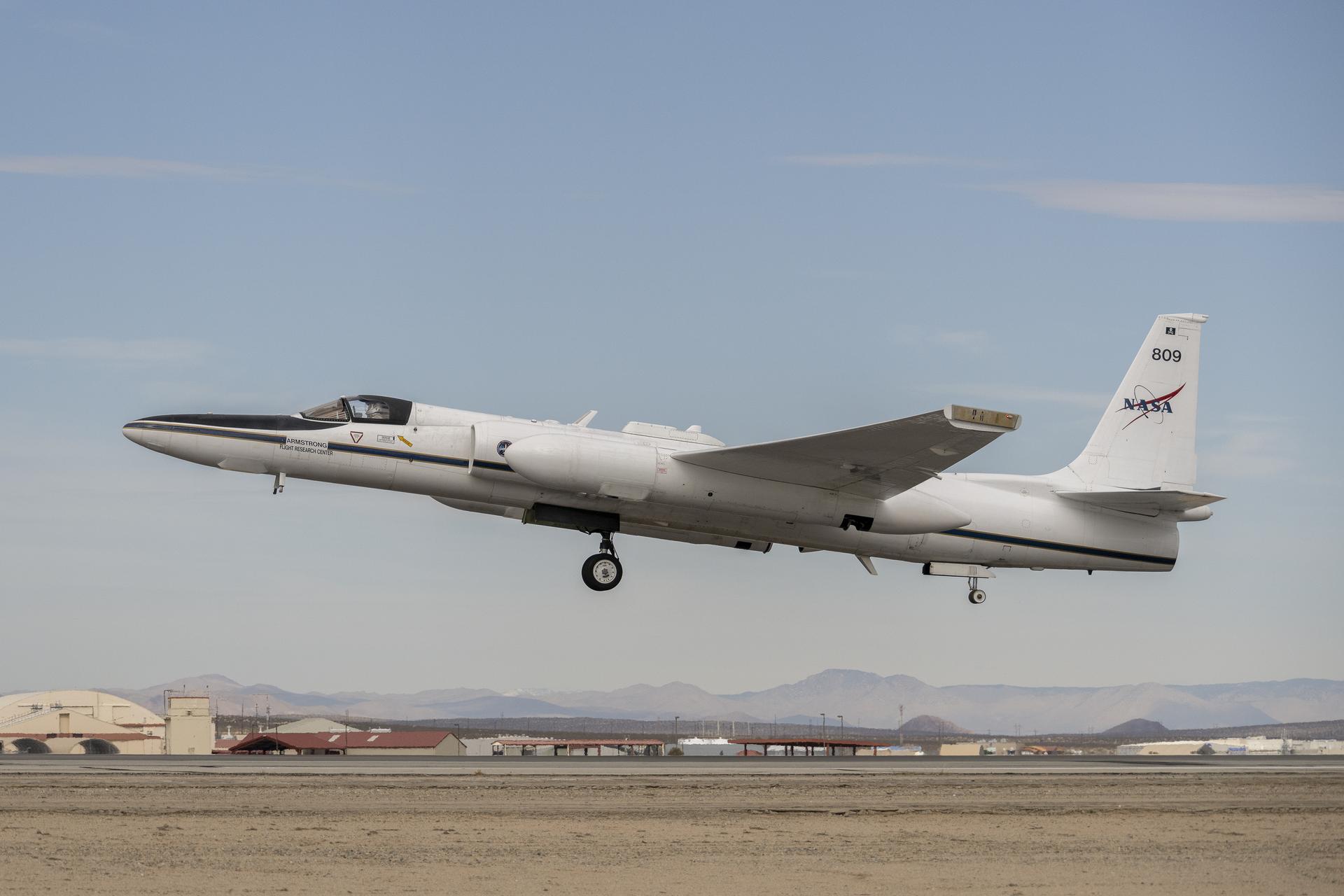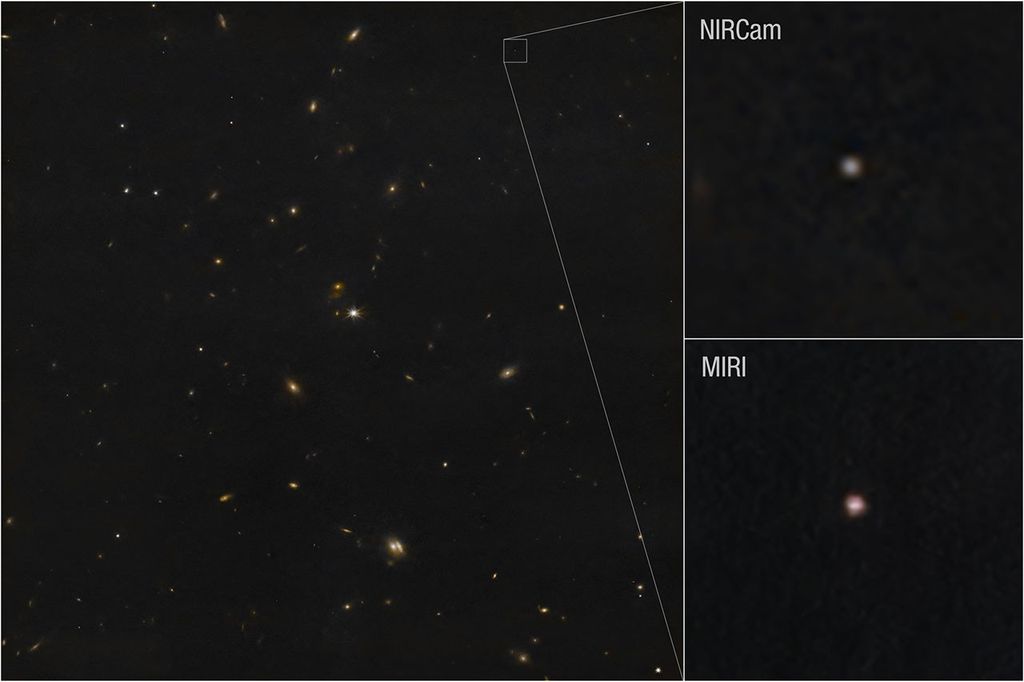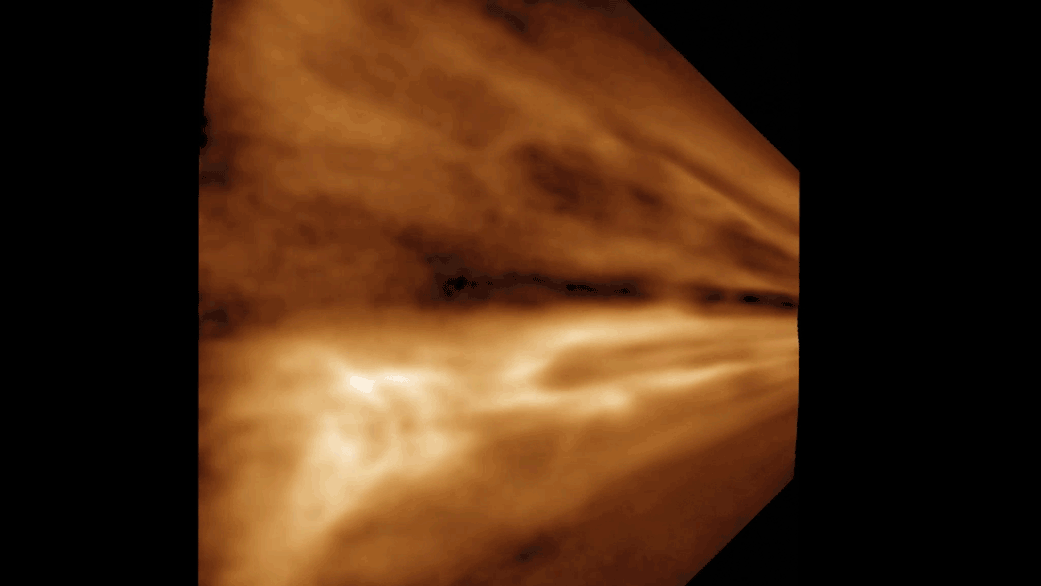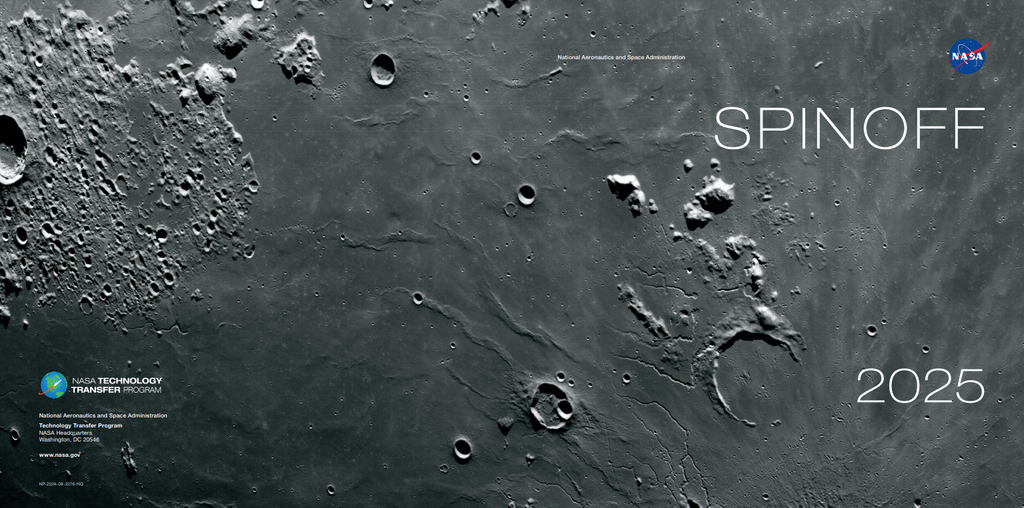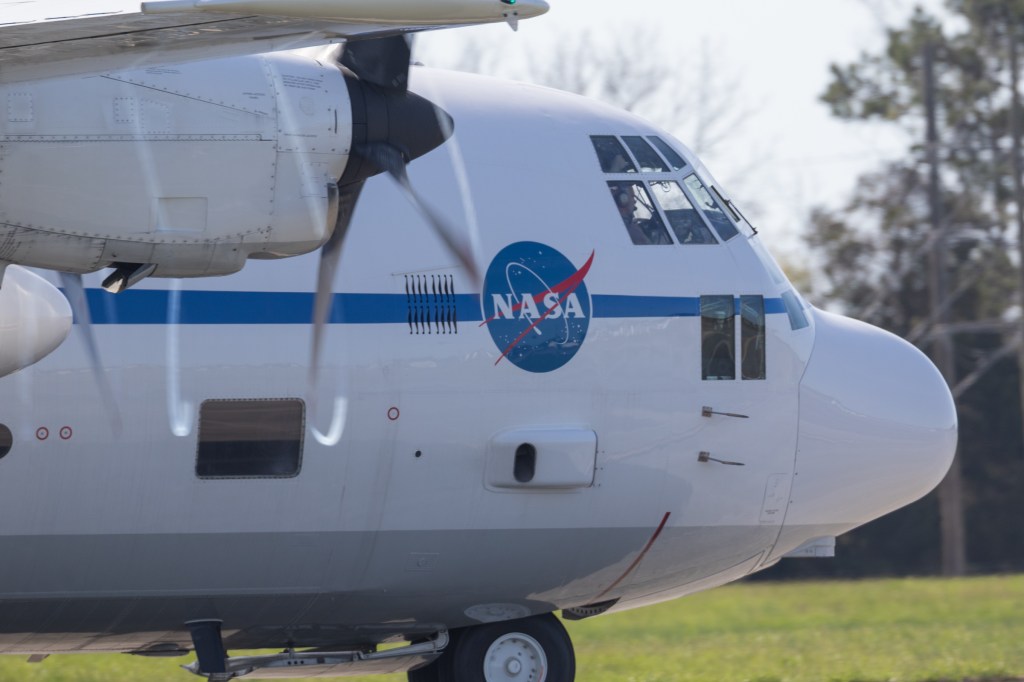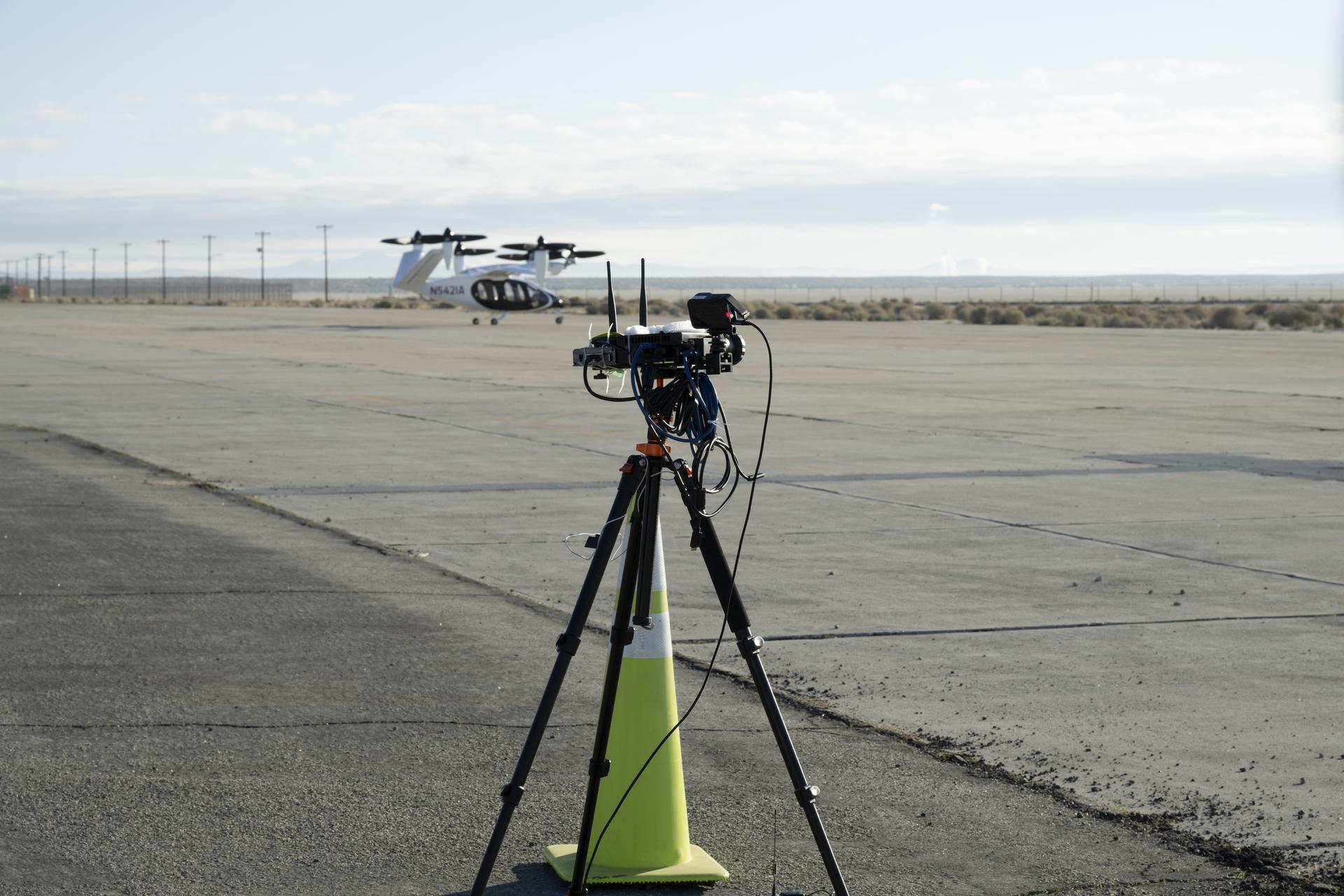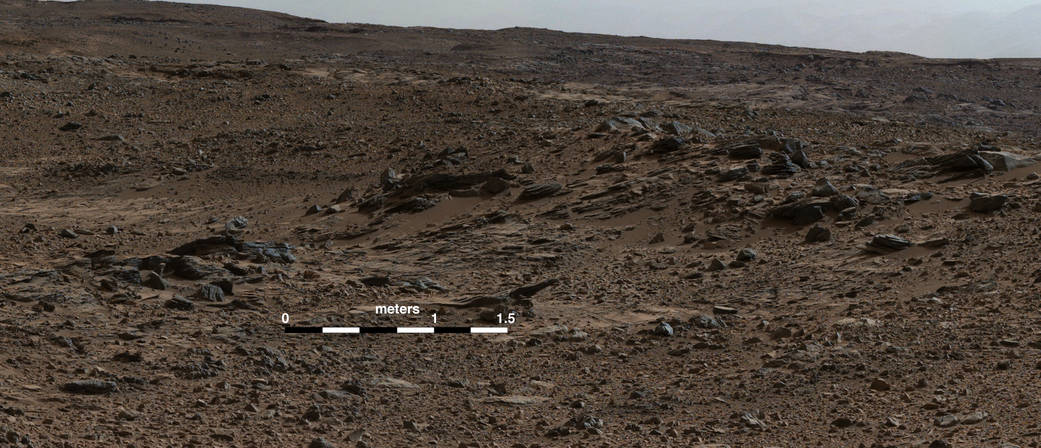This image from the Mast Camera (Mastcam) on NASA’s Curiosity Mars rover shows inclined strata at “Zabriskie Plateau,” about a third of a mile (half a kilometer) northeast of the “Pahrump Hills” outcrop at the base of Mount Sharp. The view looks to the west.
These sedimentary rocks, like those at “Kimberley,” (see http://photojournal.jpl.nasa.gov/catalog/PIA19070) are inclined toward the south and are also interpreted as the deposits of small deltas building out into a lake. Remarkably, these inclined beds occur at an elevation about 80 feet (about 25 meters) higher than at Kimberley. This suggests that they represent a younger cycle of delta growth than those observed at Kimberley, and importantly in a more basinward location. There were likely multiple episodes of delta growth into a Gale Crater lake as sediment accumulated in the basin, with the deltas encroaching further southward over time.
The Mastcam’s left-eye camera recorded the component frames of this mosaic on July 22, 2014, during the 696th Martian day, or sol, of Curiosity’s work on Mars. The color has been approximately white-balanced to resemble how the scene would appear under daytime lighting conditions on Earth. Figure A is a version with a superimposed scale bar of 1.5 meters (about 5 feet).
NASA’s Jet Propulsion Laboratory, a division of the California Institute of Technology, Pasadena, manages the Mars Science Laboratory Project for NASA’s Science Mission Directorate, Washington. JPL designed and built the project’s Curiosity rover. Malin Space Science Systems, San Diego, built and operates the rover’s Mastcam. For more information about Curiosity, visit https://www.nasa.gov/msl and http://mars.jpl.nasa.gov/msl.
Credit: NASA/JPL-Caltech/MSSS

